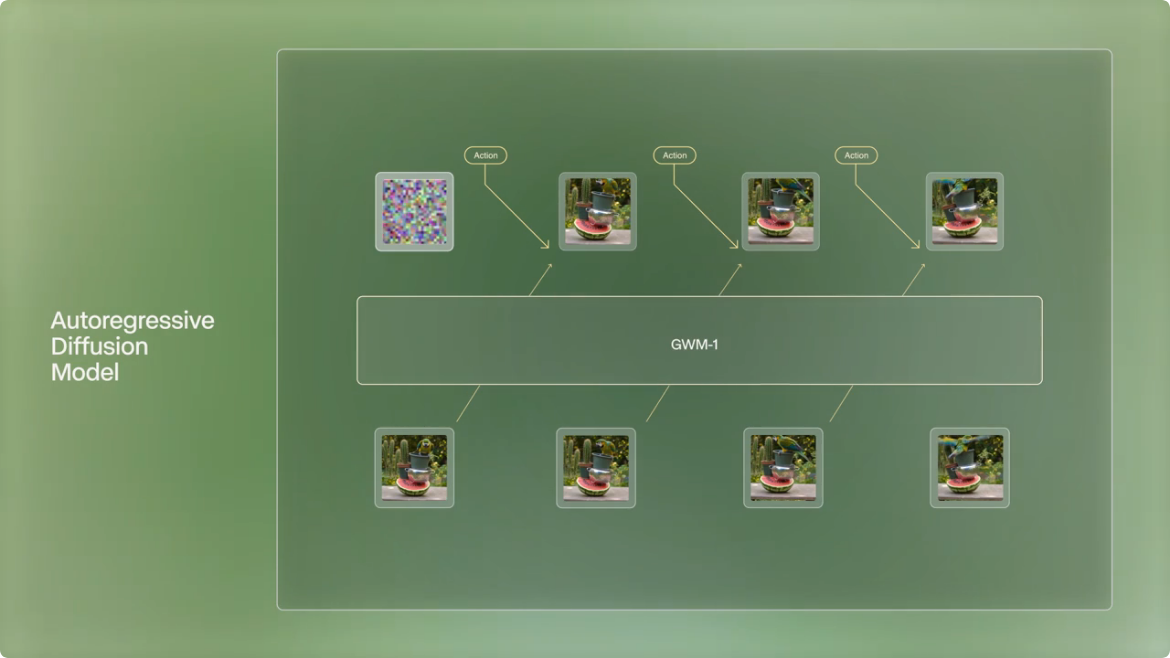Intel introduced a new series of Intel Core Ultra, Intel Core and Intel Atom processors, and discrete Intel ARC GPUs to power on-premise edge computing. In parallel, Altera announced the broad availability of its Agilex 5 SoC FPGAs and the latest version of its Quartus Prime Design Software, which adds support for the Agilex 5 devices. The Agilex 5 devices are the first FPGAs with AI infused throughout the fabric, combined with a low power consumption in a small form factor. Agilex 5 devices are meant for embedded applications, and thus let developers add AI capabilities without requiring dedicated accelerators. Now supported by Altera's Quartus Software, the devices unlock several mid-range applications by providing competitive and power-efficient performance.
The Intel Core Ultra processors combine the Intel Arc GPU with a neural processing unit (NPU) and LGA socket flexibility into a simplified system-on-chip (SoC) that enables generative AI and demanding graphics workloads for diverse industries, including retail, education, and industrial customers. This series provides a five-fold increase in image classification inference performance compared to 14th-generation Intel Core desktop processors. The new Intel Core processors for edge computing combine 13th-generation Intel Core mobile processors with LGA socket flexibility to offer customers increased edge graphics and AI performance without sacrificing setup flexibility. Finally, the Intel Atom processors x7000C and x7000RE Series feature built-in deep learning inference capabilities applicable in several scenarios. The x7000C Series is geared towards enterprise networking and telecommunications devices, while the x7000RE Series excels in ruggedized industrial PC scenarios. Finally, the discrete Intel Arc GPU for Edge boosts the performance of legacy systems by providing additional AI and graphics processing power.





Comments